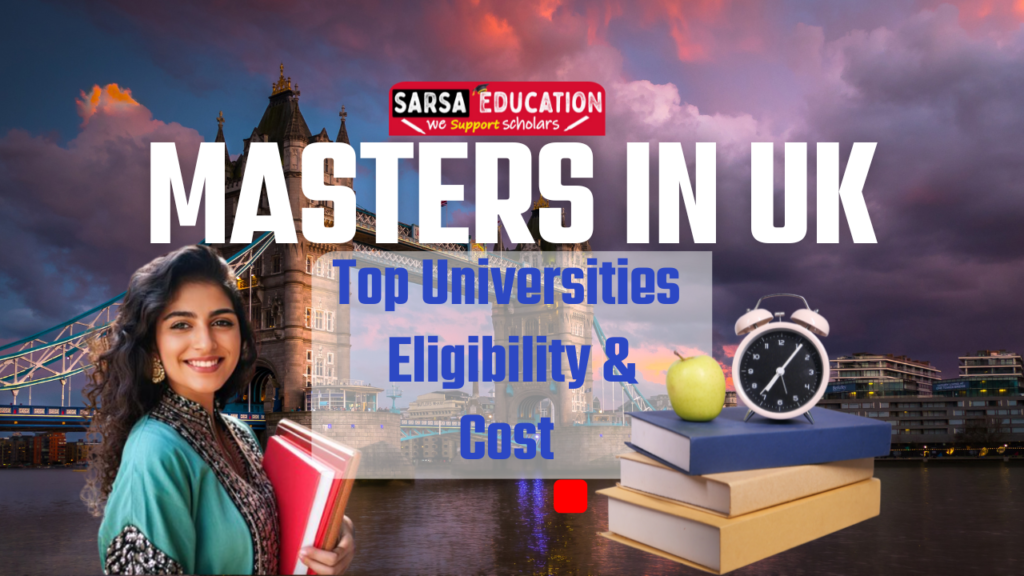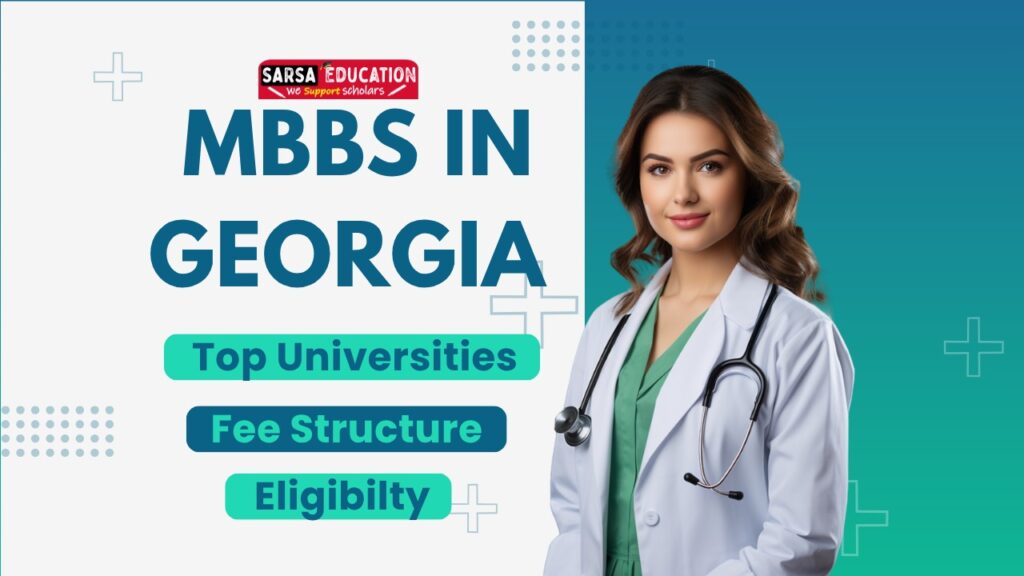Government Scholarships play a vital role in promoting education accessibility for students from minority and backward classes. These scholarships help break down financial barriers and open doors to academic success and brighter futures. This article explores various schemes, eligibility criteria, application tips, and inspiring insights—presented in easy language and engaging tone to motivate students and caretakers alike.
Contents
- Why Government Scholarships Matter?
- Types of Government Scholarships for Minority and Backward Classes
- Who Can Benefit? Eligibility Criteria
- Application Process—Step by Step:
- Tips for a Strong Application:
- Inspiring Real‑Life Examples:
- Overcoming Common Challenges:
- How Institutions Can Help?
- The Bigger Impact of Government Scholarships
- Checklist at a Glance
- Final Statement:
- Related links:
- Frequently Asked Questions(FAQs):
Why Government Scholarships Matter?
- Level the Playing Field : Financial constraints often hinder students from marginalized groups. Government scholarships ensure these students can pursue education just like anyone else.
- Promote Social Equality : By supporting minority and backward classes, these scholarships work toward reducing educational inequality and encouraging social mobility.
- Encourage Talent : Many deserving students lack resources. Scholarships recognize and enable their academic potential to flourish.
Types of Government Scholarships for Minority and Backward Classes
A. National-Level Schemes
- Post-Matric Scholarships (Ministry of Social Justice & Empowerment): For students from SC/ST/OBC categories pursuing class 11 to postgraduate studies.
- Central Sector Scheme of Scholarships for College and University Students: Merit‑based, open to all categories, often includes reservation for underrepresented groups.
- Pre-Matric Scholarship (Minority Affairs Ministry): Supports minority students in classes 1–10.
B. State-Level Scholarships
- Each state (e.g., Rajasthan, Maharashtra, Tamil Nadu) offers its own schemes targeting local minority or backward groups, often with lower cut-offs and additional support like fee reimbursement or book grants.
C. Scheduled Tribe Scholarships
- Separate assistance for ST students—often including hostel fees, higher rates, and rural allowances.
Who Can Benefit? Eligibility Criteria
- Community Criteria: Must belong to an eligible community—SC, ST, OBC, or specified minority.
- Academic Performance: Minimum marks often required (e.g., 50 % in previous exam), but some schemes waive this for very backward classes.
- Income Limits: Most schemes cap annual family income (e.g., ₹1 lakh–₹2.5 lakh); some waive this for extremely backward categories.
- Institution Recognition: You must study in a recognized school, college, or university.
Application Process—Step by Step:
1.Collect Documents
- Community certificate
- Annual family income certificate
- Previous exam mark sheet
- Bank account details
- Admission/bonafide certificate
2. Online Registration
Visit national (e.g., NSP portal) or state scholarship websites and fill the online form carefully.
3. Upload Documents
Scan and upload documents in the prescribed format (usually PDF or JPEG).
4. Submit and Note Reference Number
Keep a screenshot or note of your application number.
5. Track Your Application
Use portal tools to check approval status—some portals send SMS or email updates.
6. Disbursement
If approved, funds usually transfer directly to your bank account. Hostel and tuition fees may even get credited to the school/college.
Tips for a Strong Application:
- Apply Early: Deadlines vary; applying early helps avoid server overloads and delays.
- Double‑Check Your Documents: Common mistakes include low-quality scans, expired certificates, and mismatched names.
- Follow Instructions: Read guidelines on the portal—like acceptable file sizes or naming conventions.
- Renew When Eligible: Most scholarships require renewal each year—mark renewal deadlines.
- Seek Help: Schools, colleges, and NGOs often assist with form submission and follow‑ups.
Inspiring Real‑Life Examples:
Consider Ravi, a student from a rural area who dreamt of becoming a teacher. With limited resources, he applied for Post‑Matric Scholarship, which covered tuition and hostel fees. Year after year, with that support, he excelled—graduated, cleared exams, and now teaches back in his village, inspiring others.
Similarly, Nisha, from a minority background, used a Merit‑based Central Sector Scholarship to pursue her engineering dream. That scholarship paid her college fees and gave her a sense of belonging and confidence to succeed.
Overcoming Common Challenges:
- Technical glitches on portals: Keep screenshots; contact helplines if errors occur.
- Delayed disbursement: Follow‑up with nodal officers or use grievance redressal on the portal.
- Lost certificates: Apply promptly for duplicates—most offices deliver within weeks.
- Changing income: Some schemes allow giving current family income with an affidavit; check guidelines.
How Institutions Can Help?
- Create Awareness: Teachers can inform students about available schemes, deadlines, and eligibility.
- Assist with Documentation: A small help desk or counselling section can guide students through the process.
- Follow‑Up: Institutions should track application status for students and help escalate or resolve delays.
The Bigger Impact of Government Scholarships
These scholarships not only change individual lives but also uplift entire communities. As more students complete higher education, doors open to better jobs, leadership roles, and empowered decision-making. The ripple effect: stronger, more inclusive societies where backward and minority communities rise together.
Checklist at a Glance
Step What to Do:
- Identify relevant national/state scholarship schemes
- Check eligibility (community, income, academics, institution)
- Gather and verify documents
- Register and fill your application online carefully
- Upload documents, submit, and note your reference number
- Monitor your application periodically
- Contact helpdesks or grievance cells if needed
- On approval, use funds responsibly for fees, books, or living expenses
- Renew or reapply annually if eligible
- Share your success story to inspire others!
Final Statement:
Government Scholarships are powerful tools that enable talent from minority and backward classes to shine. With proper guidance, careful application, and early action, these opportunities can transform lives. Spread the word, help your peers, and use support wisely to build a brighter, inclusive future—one student at a time.
Related links:
- Top Scholarships after 12th for Arts, Science & Commerce
- Top 100 Scholarships for B.Com students.
- Top Scholarship for Engineering Students
- Top 100 Scholarships for B.Sc students.
Frequently Asked Questions(FAQs):
1. What are Government Scholarships for Minority and Backward Classes?
Government Scholarships for Minority and Backward Classes are financial aid programs initiated by the central and state governments to support students from economically and socially disadvantaged communities. These scholarships aim to provide equal educational opportunities and help such students pursue school, college, or professional education without financial burden.
2. Who can apply for Government Scholarships for Minority and Backward Classes?
Students belonging to notified minority communities like Muslims, Christians, Sikhs, Buddhists, Parsis, and Jains, as well as those from Scheduled Castes (SC), Scheduled Tribes (ST), and Other Backward Classes (OBC), are eligible to apply for Government Scholarships. Eligibility usually depends on family income, academic performance, and community certificate proof.
3. What is the income limit to apply for Government Scholarships?
To qualify for Government Scholarships for Minority and Backward Classes, the annual family income should generally not exceed ₹2.5 lakh, though this may vary depending on the specific scholarship scheme and state rules. Income certificates issued by competent authorities are mandatory during application.
4. Are Government Scholarships available for school students?
Yes, Government Scholarships are available even at the school level. Programs like the Pre-Matric Scholarship scheme support students from Class 1 to Class 10, encouraging them to continue their education without dropping out due to financial difficulties.
5. What types of Government Scholarships are available for higher education?
Several Government Scholarships are available for higher education, including Post-Matric Scholarships, Merit-cum-Means Scholarships, and specific programs for technical, professional, and doctoral studies. These scholarships often cover tuition fees, maintenance allowances, and other educational expenses.
6. How can I apply for Government Scholarships?
Applications for Government Scholarships can be submitted online through platforms like the National Scholarship Portal (NSP) at scholarships.gov.in or respective state scholarship portals. You’ll need to register, fill in details, and upload the required documents to complete your application.
7. What documents are required to apply for Government Scholarships?
To apply for Government Scholarships, students typically need documents like their Aadhaar card, community certificate, income certificate, bank account details, mark sheets, and a passport-size photograph. All documents must be valid and uploaded in the specified format.
8. Is there an age limit for applying to Government Scholarships?
While most Government Scholarships do not have a strict age limit, eligibility is usually linked to the student being enrolled in a recognized course or institution within a certain time frame. Some scholarships for professional courses may have age-related restrictions, so always read the guidelines carefully.
9. Can I apply for more than one Government Scholarship?
Students can apply for multiple Scholarships, but they must ensure that they are not receiving financial aid from more than one central government scheme for the same purpose. However, combining a central and state scholarship may be allowed under certain conditions.
10. How are Government Scholarships disbursed to students?
Government Scholarships are typically disbursed directly into the student’s bank account via Direct Benefit Transfer (DBT). This ensures transparency and prevents delays or misuse of funds.
11. What is the selection process for Government Scholarships?
The selection process for involves eligibility screening based on income, community, and academic performance. Some merit-based scholarships may also require students to maintain a minimum grade point or percentage. Final selections are made by the concerned authorities after document verification.
12. What happens if I provide false information in my scholarship application?
Providing false information while applying is a serious offense and can result in disqualification, recovery of funds, and legal action. Always submit genuine documents and correct details to avoid penalties.
13. Are Government Scholarships renewable every year?
Yes, most Government Scholarships are renewable annually, provided the student continues to meet the eligibility criteria. Renewal applications usually require submission of academic progress reports, fee receipts, and updated documents.
14. Can I apply for Government Scholarships if I’m studying in a private institution?
Yes, many Government Scholarships are open to students of private institutions, provided the institute is recognized by the appropriate authority (like UGC, AICTE, etc.). However, the scholarship amount may vary depending on whether the institution is public or private.
15. Are there any Government Scholarships specifically for girls?
Yes, there are several Government Scholarships that prioritize or exclusively support girl students from Minority and Backward Classes. These include schemes aimed at promoting girl child education and reducing dropout rates among female students in underserved communities.
16. How can I check the status of my Government Scholarship application?
Students can track the status by logging into the National Scholarship Portal or the respective state portal with their application ID and password. Status updates like “application verified,” “approved,” or “funds disbursed” will be shown in the dashboard.
17. Do Government Scholarships cover hostel and accommodation expenses?
Yes, it include a maintenance or hostel allowance to help cover accommodation, food, and other daily expenses, especially for students pursuing higher education away from home.
18. What should I do if my Government Scholarship application is rejected?
If your application is rejected, review the reason carefully—whether it’s incomplete documents, incorrect information, or not meeting the eligibility. You can reapply in the next cycle or appeal through official grievance redressal channels provided on the portal.
19. Are Government Scholarships taxable?
No, the funds received under Government Scholarships are generally not taxable. They are treated as financial aid meant to support education and are not considered part of your taxable income.
20. Where can I get help or guidance about Government Scholarships?
For help with Government Scholarships, you can contact the helpline numbers provided on the National Scholarship Portal, visit your school/college scholarship cell, or consult community welfare offices. Many NGOs and student support centers also assist with applications.
For National/International Scholarship updates kindly join our WhatsApp channel
Follow the Sarsa Education channel on WhatsApp: https://whatsapp.com/channel/0029VaL9SgRAjPXJthnK9D0E
In case of any queries, please reach out to:
+91-9156405182 (Monday to Friday – 10:00 AM to 06:00 PM (IST))
For regular Scholarship/Fellowship/Internship updates:
Join our Telegram channel: Sarsa Education







